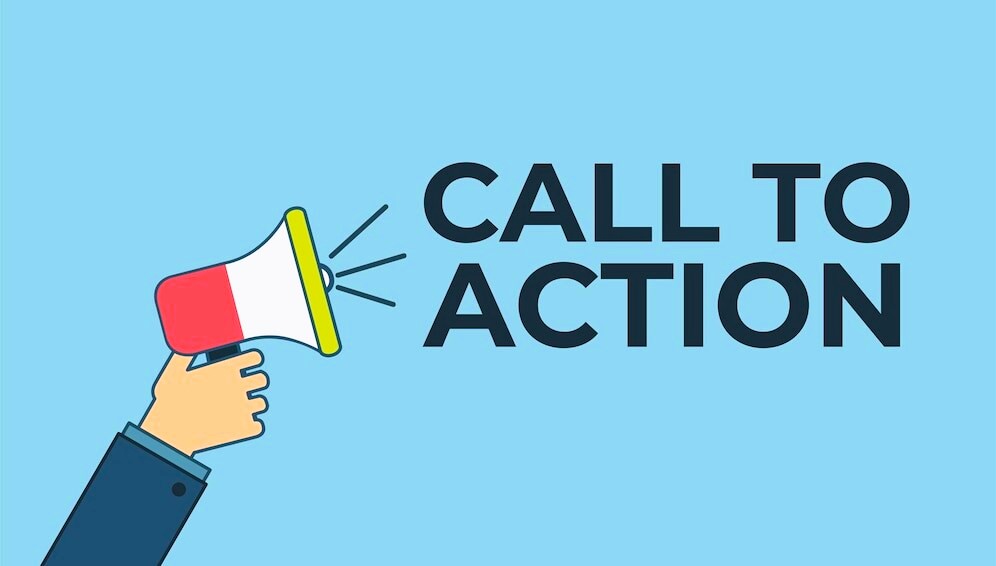In the dynamic landscape of digital marketing, a well-crafted Call-to-Action (CTA) serves as a powerful tool to guide users towards desired actions. Whether it’s encouraging a purchase, signing up for a newsletter, or engaging with content, the effectiveness of a CTA can significantly impact a website’s conversion rates. In this article, we will explore key tips for crafting compelling CTAs that drive user engagement and contribute to the overall success of your online initiatives.
1. Clarity is Key
The first and foremost principle of a successful CTA is clarity. Users should instantly understand the purpose of the action you want them to take. Use clear and concise language that leaves no room for ambiguity. Avoid jargon or overly complex phrases, and ensure that the CTA text clearly communicates the value proposition.
2. Use Action-oriented Verbs
CTAs should prompt users to take immediate action. Utilize action-oriented verbs that evoke a sense of urgency and encourage users to engage. Words like “Buy,” “Subscribe,” “Join,” or “Download” convey a direct call to action, prompting users to make a decision swiftly.
3. Highlight Value Proposition
Clearly communicate the benefits or value users will receive by clicking on the CTA. Whether it’s access to exclusive content, a special offer, or a time-limited promotion, the value proposition should be prominently featured. Users are more likely to respond to CTAs when they understand the tangible benefits awaiting them.
4. Strategic Placement
The location of your CTA within the web page or email is crucial. It should be strategically placed where users are likely to notice it without being intrusive. Consider factors such as page scroll, content flow, and visual hierarchy to determine the optimal placement for maximum visibility and impact.
5. Eye-catching Design
A visually appealing CTA stands out and captures attention. Utilize contrasting colors, bold typography, or distinctive buttons to make the CTA visually striking. The design should align with your overall brand aesthetic while ensuring that the CTA remains the focal point.
6. Mobile Optimization
In an era where mobile usage is prevalent, it’s essential to optimize CTAs for various devices. Ensure that your CTAs are responsive and easily clickable on smartphones and tablets. A seamless mobile experience enhances user engagement and contributes to higher conversion rates.
7. A/B Testing

Experimentation is key to refining your CTAs for optimal performance. Conduct A/B testing by creating variations of your CTA and analyzing which version generates higher conversion rates. Test different elements such as text, color, size, and placement to understand what resonates best with your audience. Best practices for creating attractive landing pages, read more in our article.
8. Create a Sense of Urgency
Incorporate a sense of urgency to motivate users to act promptly. Phrases like “Limited Time Offer,” “Act Now,” or “Exclusive Deal” instill a fear of missing out (FOMO) and encourage immediate action. Just be sure to align urgency with authenticity to maintain trust with your audience.
9. Personalization
Tailor your CTAs to resonate with specific audience segments. Leverage user data to personalize CTAs based on factors like location, demographics, or previous interactions. Personalized CTAs demonstrate that you understand your audience’s needs and preferences, increasing the likelihood of conversion.
10. Testimonials and Social Proof
Incorporate testimonials or social proof near your CTAs to build trust and credibility. Positive feedback from satisfied customers or endorsements from influencers can reassure users and provide additional motivation to take the desired action.
Conclusion
Crafting an effective Call-to-Action is both an art and a science. By combining clear communication, persuasive language, and strategic design, you can create CTAs that drive user engagement and contribute to the success of your digital initiatives. Regularly analyze performance metrics and be open to adapting your approach based on user behavior and feedback.
For more insights into web design and digital marketing standards, you can visit the Wikipedia page on Digital Marketing.


